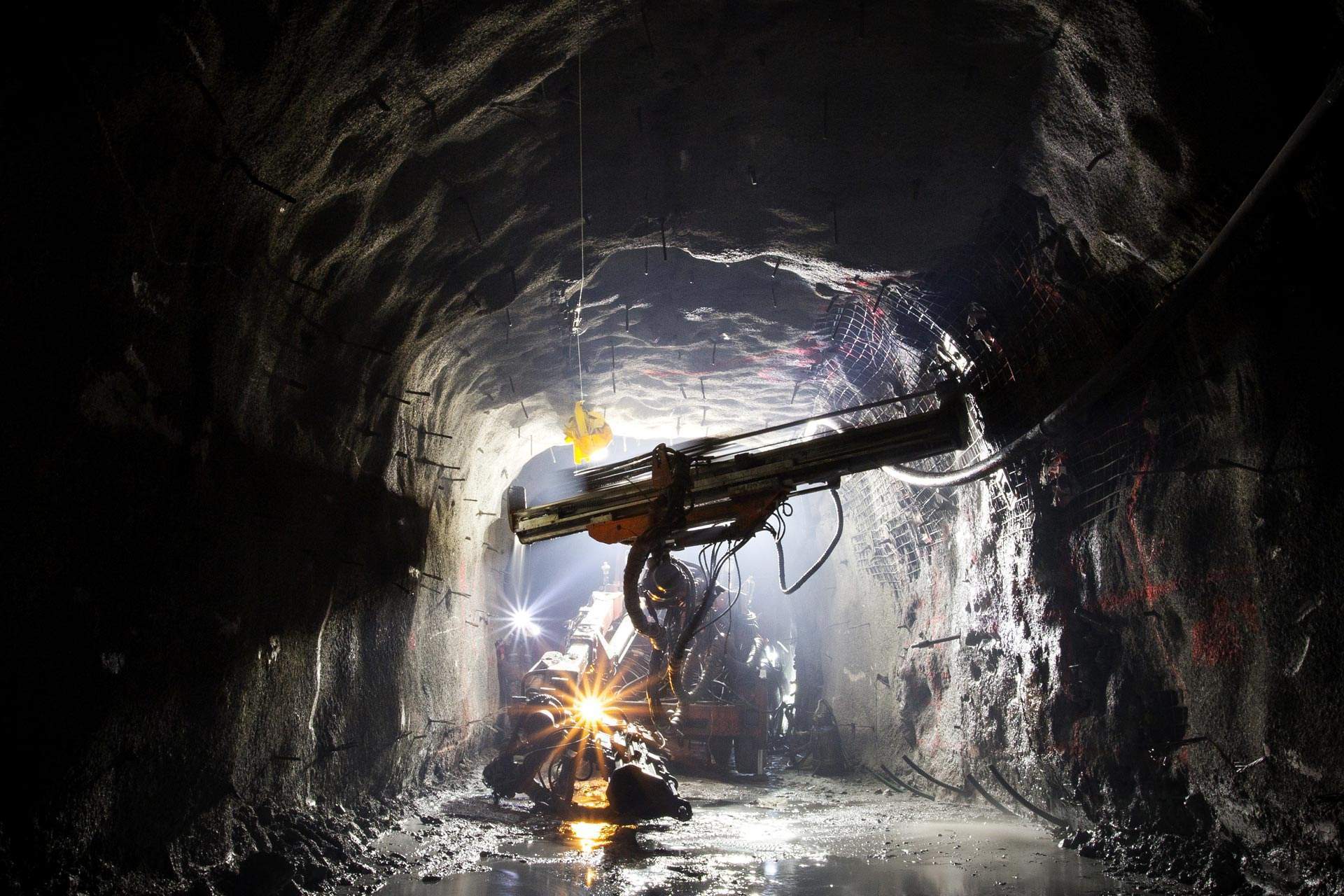
This week a mining operator based in Australia sat down at a control station and began remotely operating mining equipment in the city of Sudbury in Ontario, Canada. It was a key moment, showing the possibilities of remote working in the industrial sector.
For autonomous and remotely operated mining equipment maker Hard-Line, it was the first time its equipment had been used over such a significant distance: a total of 17,864km.
Remote mining operation is already in place over short distances in Canada, with engineers regularly operating equipment over a distance of around 500km. But to achieve industrial remote working across continents is a remarkable feat.
“A lot of people didn’t think this was possible, but that’s what we do,” said Gabriel Janakaraj, Hard-Line vice president of special projects, told CBC.
“Right now, this is the furthest. We’ve done Vancouver to Sudbury. We’ve done Las Vegas to Sudbury and now we’ve done Australia to Sudbury.”
Industrial remote working and the lag problem
The reason the project, which was achieved in partnership with Australian firm Murray Engineering, is so significant is because of the latency issue.
How well do you really know your competitors?
Access the most comprehensive Company Profiles on the market, powered by GlobalData. Save hours of research. Gain competitive edge.

Thank you!
Your download email will arrive shortly
Not ready to buy yet? Download a free sample
We are confident about the unique quality of our Company Profiles. However, we want you to make the most beneficial decision for your business, so we offer a free sample that you can download by submitting the below form
By GlobalDataAlso known as lag, this is a problem with many technologies that need to update continuously in response to user input. Essentially the user needs to see the current state of the technology they are operating or interacting with no delay – even a sub-second lag can result in the reacting at the wrong time.
“Imagine driving a car and turning the wheel, but the car doesn’t move until one or two seconds after the action was taken. It’s noticeable,” explained Walter Siggelkow, founder of Hard-Line, when the company announced its partnership in Murray Engineering in July.
The more data being streamed at a given time, the more of a potential problem lag can be. This makes it a potentially significant issue for mining operation, which involves a live video feed and both 2D and 3D views.
But data size isn’t the only issue to impact latency. Distance is also hugely significant: the longer the distance between the operator and the equipment, the greater the chances of lag. As a result, getting next-to-no lag between Canada and Australia is quite the achievement.
“With our system having almost no operating latency, your eyes don’t even notice the delay,” said Siggelkow.
The potential of industrial remote working
While many office-based roles are now performed by remote working, in the industrial space the practice remains in its infancy.
However, there is huge potential for the technology, not least in terms of time saving.
Companies using industrial remote working do not have to worry about time lost to essential safety precautions, such as regular checks and putting on equipment.
Similarly, the time-consuming practice of actually getting to the area being mined – which can be significant, particularly in deep mines, is also removed.
For workers, it also significantly improves safety and job opportunities. Mining experts will no longer need to move to areas with jobs available, but be able to log on from wherever they have mining control station.







